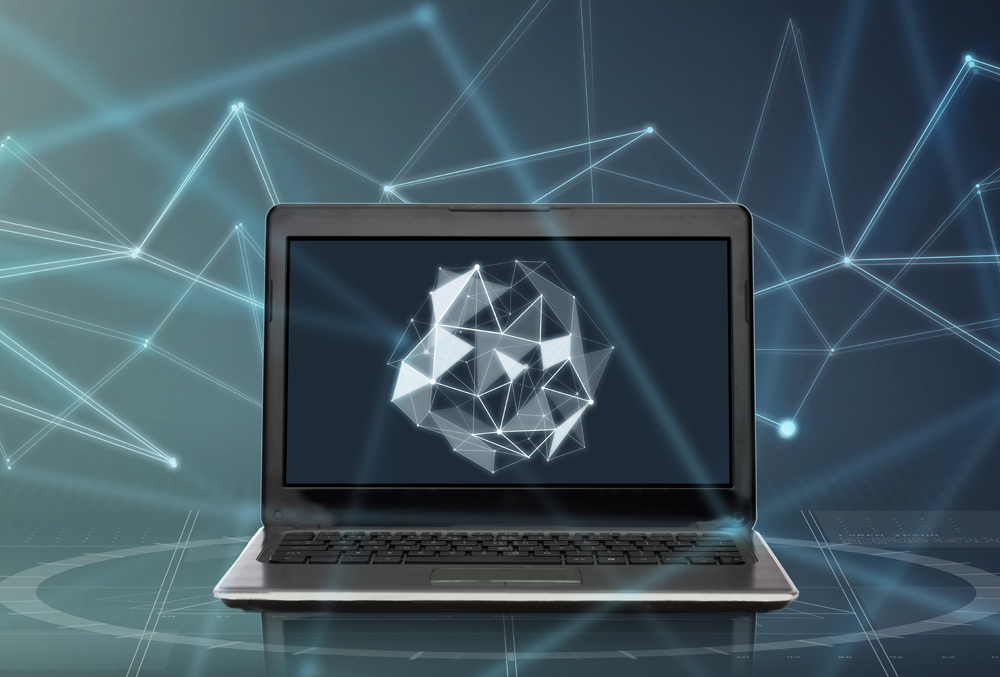INDUSTRY

Display
The visual inspection has now reached its limit due to advanced defective forms.
Unstructured defects like Mura, Bit, Dot, etc. that occur during manufacturing of OLED are difficult to detect accurately through existing algorithms.
However, LAON PEOPLE's AIDi solution uses deep learning algorithms to classify and detect these irregular defects by type.
It can improve the production yield and quality with precise and short inspection.
Experience the build-up of other companies that introduced LAON PEOPLE's artificial intelligence software + vision solution first.
INQUIRY
Product Specific Specifications
InformationSCROLL >>
Not registered post.
Display Panel Mura Inspection
Information
- Applied Solution
- LPMVC-EE120(GigE/1.2M) + NAVI SW
- Because Mura's existence are the biggest factors that determine the quality of the display device, the detection of Mura is consuming considerable manpower and time and requires a system that effectively detects Mura from the manufacturer's perspective. Defect detection from the manufacturing process to the present has been done primarily by the hands-on inspection by the operator and several machine visions approaches. The method that the operator directly inspects has disadvantages that the operator's eyes become tired easily, fine defects are not detected well, the detection performance can change according to the condition of the inspector, and the subjective judgment of the inspector is strong.
The Mura detection method using the machine vision approach has been introduced to the display market through several commercial solutions, but still lacks the universal algorithm to detect Mura.

The reason why there is no universal algorithm to detect Mura is because there are different sizes, contrast, and different shapes such as line, spot, region, block, etc. In addition, Mura is not easy to detect because the brightness of the surrounding area is smoothly changed, so there is no clear boundary, and the brightness change is not clear.
- Inspection of Mura for Superior Performance Using Deep Learning Algorithm
-
The existing method of detecting Mura using Machine Vision was used to obtain and test images for many Mura defects, and to adjust complex inspection parameters for each type of Mura.Also, when Mura is found in a different form from the existing Mura, there was an inconvenience to review the algorithm again from the beginning. However, the Mura detection solution of LAON PEOPLE with Deep Learning algorithm is easy, simple, and quick.

Three steps are taken to examine the Mura. (LCD case) First, obtain the image of the normal LCD. Image with three levels of Intensity (32/64/128) for each R/G/B color is then displayed on the LCD panel and the image is acquired. The next step is to create a Mura with different sizes, brightness, and shapes based on the acquired image. This process allows continuous creation of a random Mura, which widens the coverage of the actual Mura Defect image that is lacking and avoids the overfitting that occurs during deep learning. By creating a variety of Mura, it is possible to avoid the hassle of obtaining bad images one by one. In addition, you can responsed quickly by adding the image in the process of creating Mura when new form of Mura is discovered.
When the Mura generation is completed, it is trained using the Label Image for the Mura position, which is created as the Mura Image and the Mura are generated. The existing method of inspection by the operator had the disadvantages of the operator's skill, condition, and subjective judgment having a significant impact on the inspection. The Mura inspection solution of LAON PEOPLE with Deep Learning maintains constant detection performance and can be trained after creating a variety of Muras to achieve optimal results. In addition, applications can also be done quickly, reducing the number of people, time and cost involved in the Mura examination.
- What is Mura and why is it generated?
-
Mura collectively refers to the state of the screen characteristics of the liquid crystal panel being uneven and stained. In more detail, it is defined slightly differently depending on the type of display panel.
LCD defines it as a dissimilar defect in size that is larger than one pixel due to pixel defects with ambiguous boundaries for an area; OLED defines it as an abnormal imbalance or part of the reproduced screen; PDP or FED defines it as a visible defect in brightness or chromaticity.
Mura is caused by malfunction of the manufacturing machine in the manufacturing process of the panel, manufacturer's error, fine defects caused by dust or mote, poor film used, or lack of the same electrical optical properties in each pixel.
LAON PEOPLE Inc
CEO : Suk Joong Lee
SITEMAP
ADDRESS : 402-1, Bundang Techno Park B, 723, Pangyo-ro, Bundang-gu, Seongnam-si, Gyeonggi-do, 13511 Korea
TEL : +82-1899-3058 FAX : +82-31-707-7052 E-Mail : sales@laonpeople.com LAON PEOPLE Inc CEO : Seok Joong Lee SITEMAP
ADDRESS : 402-1, Bundang Techno Park B, 723, Pangyo-ro, Bundang-gu, Seongnam-si, Gyeonggi-do, 13511 Korea
TEL : +82-1899-3058 FAX : +82-31-707-7052
E-Mail : sales@laonpeople.com
ADDRESS : 402-1, Bundang Techno Park B, 723, Pangyo-ro, Bundang-gu, Seongnam-si, Gyeonggi-do, 13511 Korea
TEL : +82-1899-3058 FAX : +82-31-707-7052 E-Mail : sales@laonpeople.com LAON PEOPLE Inc CEO : Seok Joong Lee SITEMAP
ADDRESS : 402-1, Bundang Techno Park B, 723, Pangyo-ro, Bundang-gu, Seongnam-si, Gyeonggi-do, 13511 Korea
TEL : +82-1899-3058 FAX : +82-31-707-7052
E-Mail : sales@laonpeople.com




